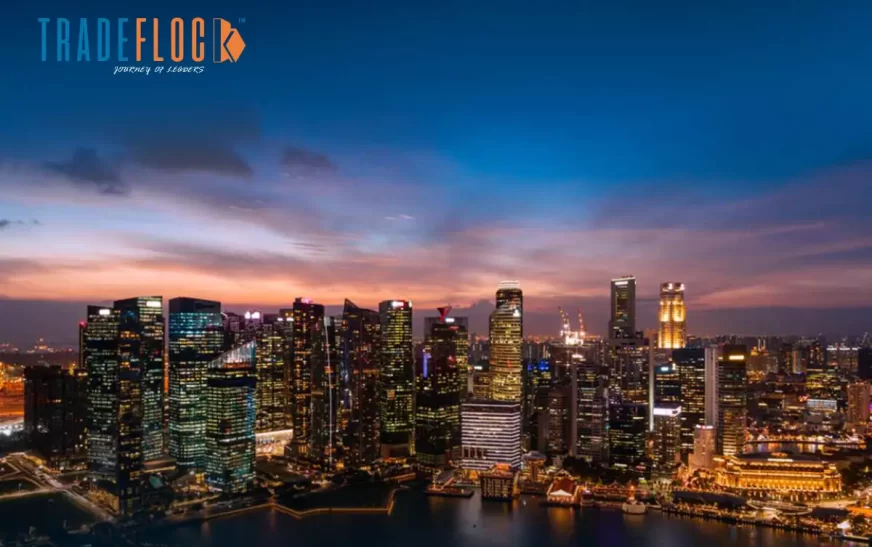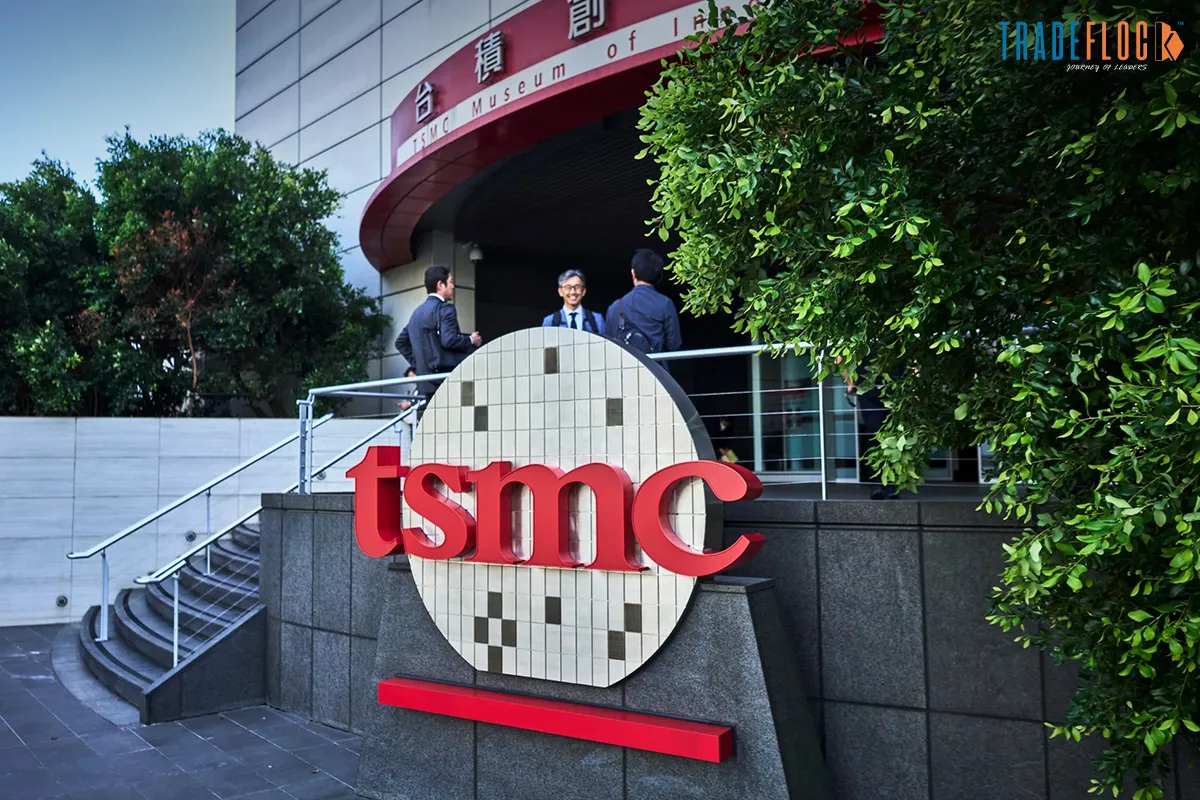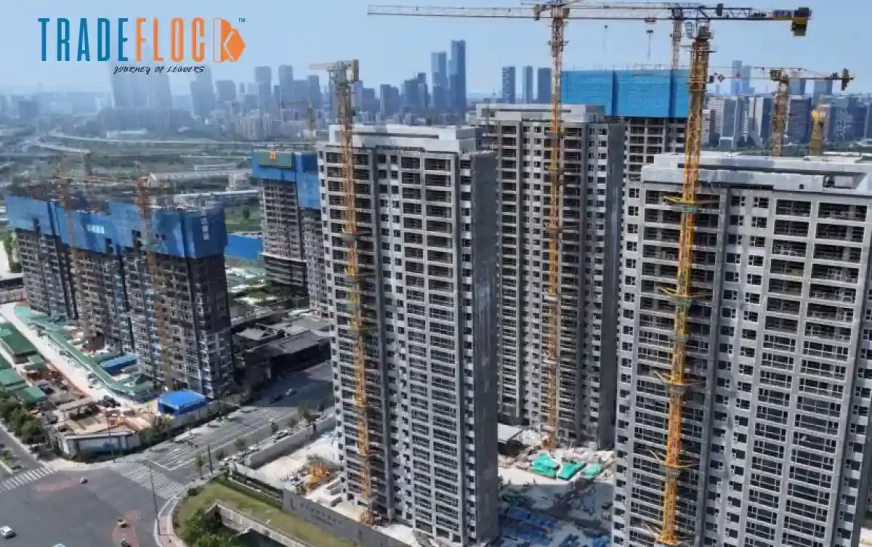The COVID-19 pandemic has shaken the global real estate markets, triggering a wave of changes in occupancy across offices, retail, residential options, and capital movements. However, a distinct divergence has been witnessed as the world moved into recovery mode; cities in the Asia-Pacific (APAC) region started recovering faster and, in most instances, more strongly than their Western counterparts. A mix of economic stability, successful pandemic response, changing urban dynamics, and government interventions has made APAC the leader in real estate recovery.
Real Estate Momentum Led by Faster Economic Recovery
The region’s faster economic recovery is one of the major factors contributing to APAC’s outperforming trend. According to the International Monetary Fund (IMF), APAC economies like China, India, and Vietnam reported a GDP growth rate of more than 5 percent in 2022 compared to the US and the larger European economies. This economic recovery was a direct cause of the demand for commercial, industrial, and residential real estate.
In cities such as Seoul, Singapore and Sydney, office vacancies stabilised early, and investor confidence revived. As an example, JLL Asia Pacific Property Digest data have revealed that Tokyo and Singapore office vacancy rates had declined to below 10% in 2023, whereas cities such as New York and London remained soft, with vacancy rates of about 18-20%.
The APAC Is Preferable to Foreign Investment Flows
The economic outlook and urbanisation patterns in APAC have made it increasingly investor-friendly. In 2023, CBRE reported that cross-border real estate investment in the region reached a record of $84 billion, up 23 per cent year-on-year. The top five cities in the world in terms of real estate capital inflows were Singapore, Tokyo, and Seoul.
A number of sovereign wealth funds and institutional investors are diversifying their portfolio with Asian assets. As an example, Canadian pension funds have purchased in Indian logistics and residential markets, and Middle Eastern investors are pursuing mixed-use developments in Southeast Asia. In the meantime, Western markets, especially in the office side, have experienced slow investor demand under the uncertainty of hybrid work.
Asset Class Performance: APAC in the Limelight
Apac real estate recovery is also differentiated by the strength of certain forms of assets:
Logistics & Industrial: The e-commerce boom and localising supply chains have boosted demand for warehousing and logistics in APAC. Rental rates in cities like Ho Chi Minh City, Bangalore, and Jakarta have seen double-digit growth, outperforming North American markets.
Residential: Seoul, Mumbai, and Singapore saw 6-10% price growth in 2023, while some cities like San Francisco and London experienced stagnation or declines due to higher interest rates and affordability issues.
Retail: APAC retail recovered faster post-pandemic, with Bangkok and Kuala Lumpur malls reaching pre-pandemic footfall levels by mid-2023, driven by domestic consumption and tourism. Western cities still face retail struggles with high vacancy rates and shifting consumer trends.
Office: Flexible workspace adoption in APAC lags behind the West. Cities like Tokyo and Jakarta favour long-term leases for stable cash flows, while Western markets are undergoing structural changes due to remote working trends.
Urban Resilience and Planning
APAC city design and infrastructure are highly flexible, driven by smart city initiatives, transit-oriented development, and sustainability incentives. Singapore’s Green Mark and India’s Smart Cities promote low-energy and climate-resilient buildings, attracting ESG-focused investors who see APAC as a future-proof investment hub. Cities like Melbourne and Shanghai are reforming zoning laws to support mixed-use projects for hybrid lifestyles. In contrast, some European and U.S. regions face regulatory delays that hinder project approvals.
The Migration of Urban Population and Demographic Drivers
Demographic strength benefits APAC real estate with rising urbanisation, forecasted to host 2.5 billion city inhabitants by 2050.
This growth boosts demand for housing, transport, and commercial services. Meanwhile, Western cities face ageing populations, declining migration, and shrinking workforces, weakening long-term real estate fundamentals.
The housing boom in India and the Philippines, driven by millennials, contrasts with Europe’s sluggish demand. Additionally, tech corridors in Bengaluru and Shenzhen are boosting long-term commercial space absorption.
Comparative Risk and Return Profile
In terms of risk-return, the APAC assets are providing competitive returns, in the face of the global macroeconomic volatility. Whereas prime office yields in London and New York have squeezed to below 4%, Jakarta, Manila and Kuala Lumpur have 6-8% yields, which is appealing to those investors in search of yield.
In addition, the stability of the currency in major APAC economies and active monetary policies in those economies have cushioned their property markets against volatility. This strength is in contrast to the inflationary pressures and policy tightening cycles experienced in the U.S. and Europe over the last two years.
APAC as the Leader of the Recovery
As the world economy moves into a post-pandemic world, APAC cities are leading the charge in the real estate rebound. Strong foreign investment, vibrant urbanisation, and flexible policy frameworks have made the region a symbol of strength and progress.
Western markets still grapple with structural headwinds, and recovery remains sluggish, whereas APAC is buttressed by demographic dynamism, technological adoption, and economic optimism. The message to global real estate stakeholders is clear: smart money is betting more on Asia-Pacific.











